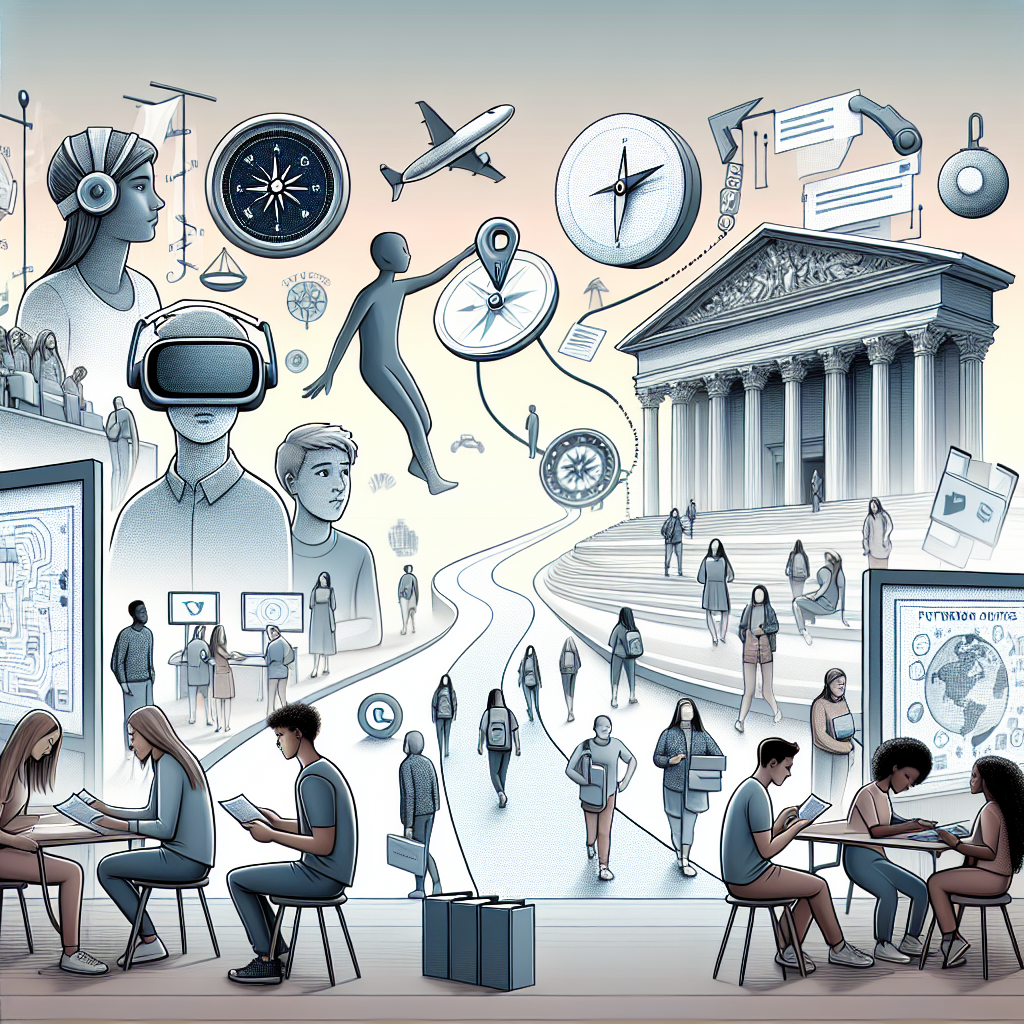The Future of Career Tests For High Schoolers Free: What To Expect. As schools, counselors, and families look ahead, free career guidance tools for teens are poised to evolve rapidly. This article explores trends that will shape how high school students discover strengths, choose pathways, and connect with training and employers — all without expensive barriers.
Future of free career assessments for high school students
Career testing is transitioning from static quizzes to dynamic experiences. Rather than a one-time inventory of interests, the next generation of assessments will combine real-world data, ongoing reflection, and actionable next steps. Expect tools that adapt as students gain new experiences, making guidance a continuous process rather than a single snapshot.
Data-driven personalization
Advances in learning analytics and adaptive testing mean career recommendations will be grounded in a student’s demonstrated skills, classroom performance, extracurriculars, and even short work experiences. Algorithms will blend interest inventories with competency-based measures to suggest realistic pathways and entry points for various careers, including internships, apprenticeships, and certificate programs.
Stronger links to real occupations
Instead of generic occupational profiles, free tools will integrate up-to-date labor market information so students see demand, earning potential, growth rates, and typical credentials required. Reliable resources like the U.S. Bureau of Labor Statistics Occupational Outlook Handbook are already central to this shift and will be incorporated into more user-friendly interfaces for teens.
Emerging technologies and experiences
Several technologies will reshape how young people explore careers:
- Simulated micro-experiences and project-based tasks that let students “try” a job before committing.
- AI-driven career coaches that ask follow-up questions, clarify values, and suggest step-by-step plans.
- Mobile-first platforms that meet students where they are and allow progress tracking across devices.
- Interactive labor-market maps linking regional employer needs to school programs and local opportunities.
Ethical design and equity
As predictive tools gain traction, ethical design will be crucial. Developers and districts must ensure algorithms do not bake in bias or limit opportunities for historically marginalized students. Equitable career tools should present multiple viable options, explain why recommendations were made, and allow user control over data and outcomes.
What schools and families can do now
Preparations are simple but impactful. Schools should pilot integrated platforms that combine assessments with local employer connections and stackable credentials. Counselors can use free tools alongside conversations about values, finances, and lifestyle preferences. Families can encourage exploration — short internships, community college classes, and volunteer work provide context that improves the quality of any test or recommendation.
For those considering midlife transitions or role models of later reinvention, resources highlighting new career paths later in life offer useful perspectives; see this guide for starting fresh with new career paths for women at 50 as an example of how career change can be supported across the lifespan.
Practical features to expect in next-gen free career tools
- Short, evidence-based assessments that can be retaken and tracked over time.
- Clear links to local training, credentials, and employers.
- Transparent explanations of why a recommendation was made and what steps follow.
- Privacy protections that let students control how their data are shared.
Preparing students for fluid careers
Career tests will remain one tool among many. The strongest outcomes come when assessment results are paired with hands-on learning, mentorship, and access to work-based learning opportunities. Schools that treat career discovery as iterative and tied to tangible next steps will help students navigate a rapidly changing world of work.
Short takeaway
Free career testing for high schoolers will become more personalized, practical, and ethically designed. When combined with real experiences and local labor-market insights, these tools can guide students toward realistic, flexible pathways that match their evolving interests and strengths.
FAQ
Q: Are free career tests reliable enough for important decisions?
A: Modern free assessments can provide helpful direction, especially when used with other inputs like work experiences and counseling. Look for tools that explain their methodology and link results to concrete next steps.
Q: How can schools ensure these tools are equitable?
A: Choose platforms with transparent algorithms, diverse development teams, and the ability to customize recommendations for local contexts. Pair tech with human support from counselors and community partners.
Q: Where can students learn more about specific jobs and requirements?
A: Trusted labor-market resources such as the Occupational Outlook Handbook provide detailed, up-to-date information on duties, pay, and training pathways for many occupations.



